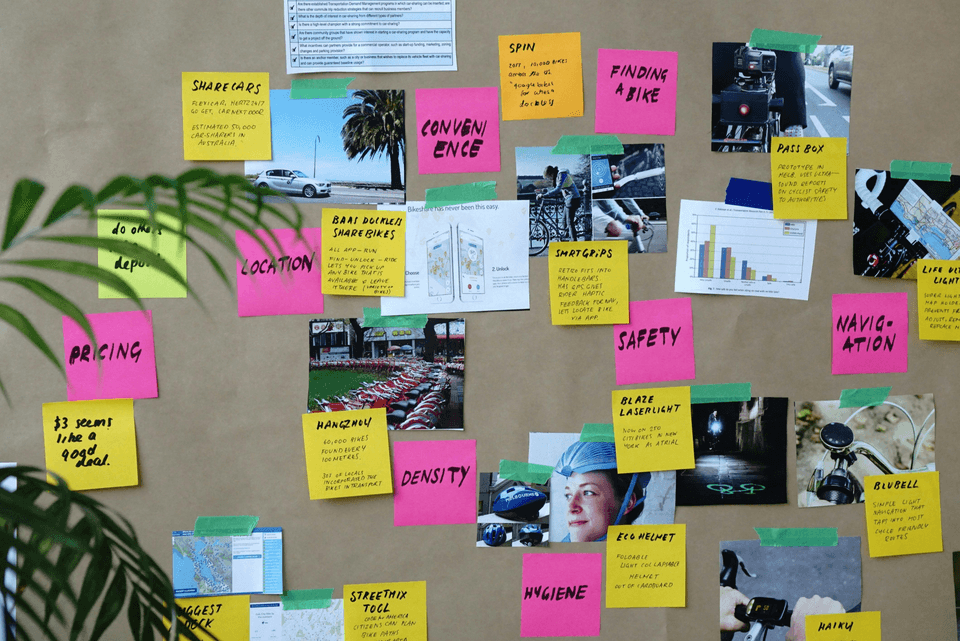How To Run Strapi Project

Running a Strapi project can be a rewarding experience for developers looking to create powerful, customizable, and scalable content management systems. Strapi is an open-source headless CMS that allows users to easily create and manage content through a flexible API. In this article, we will explore the steps to successfully run a Strapi project and provide insights on how to optimize its performance for better results. To begin running a Strapi project, you will first need to install Node.js and npm on your machine. Node.js is a JavaScript runtime that allows you to run JavaScript code outside of a web browser, while npm is a package manager for Node.js that helps you install and manage dependencies for your project. Once you have Node.js and npm installed, you can proceed to install Strapi by running the following command in your terminal: ` npm install strapi@beta -g ` This command will install Strapi globally on your machine, allowing you to create new projects and manage existing ones. After installing Strapi, you can create a new project by running the following command: ` strapi new my-project ` Replace my-project with the name of your project. This command will create a new Strapi project in a directory with the specified name and install all the necessary dependencies. Once the project is created, you can navigate to the project directory and start the Strapi server by running the following command: ` cd my-project strapi start ` This command will start the Strapi server on your local machine, allowing you to access the admin panel and API endpoints in your web browser. By default, the Strapi server runs on port 1337, so you can access the admin panel by navigating to http://localhost:1337/admin in your web browser. Once you have successfully started the Strapi server, you can begin creating content types, defining fields, and managing content in the admin panel. Strapi provides a user-friendly interface that allows you to easily create and manage content types, define relationships between content types, and customize the API endpoints to suit your project requirements. To optimize the performance of your Strapi project, there are several best practices that you can follow. First, make sure to define indexes on fields that are frequently queried in your database to improve query performance. You can define indexes in the Strapi admin panel by navigating to the Content Types section and selecting the field that you want to index. Additionally, you can optimize the response time of your API endpoints by caching responses using a caching mechanism such as Redis or Memcached. Caching can help reduce the load on your server and improve the overall performance of your Strapi project, especially for endpoints that return frequently accessed data. Finally, you can improve the scalability of your Strapi project by deploying it to a cloud hosting provider such as AWS, Google Cloud, or Azure. Cloud hosting providers offer scalable infrastructure that can handle increased traffic and provide high availability for your project. By deploying your Strapi project to the cloud, you can ensure that it remains performant and reliable as your project grows. In conclusion, running a Strapi project involves installing Strapi, creating a new project, starting the server, and managing content in the admin panel. By following best practices such as defining indexes, caching responses, and deploying to a cloud hosting provider, you can optimize the performance and scalability of your Strapi project for better results.